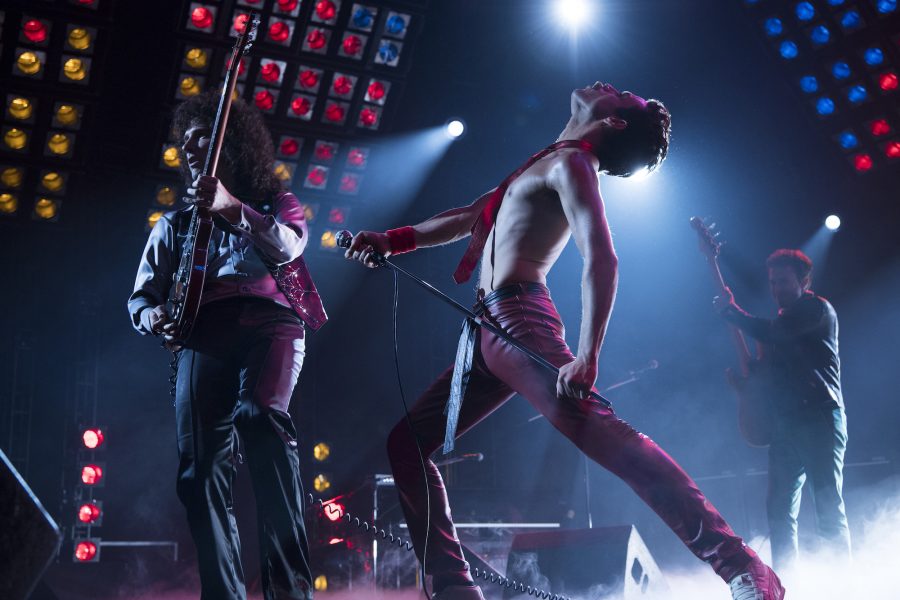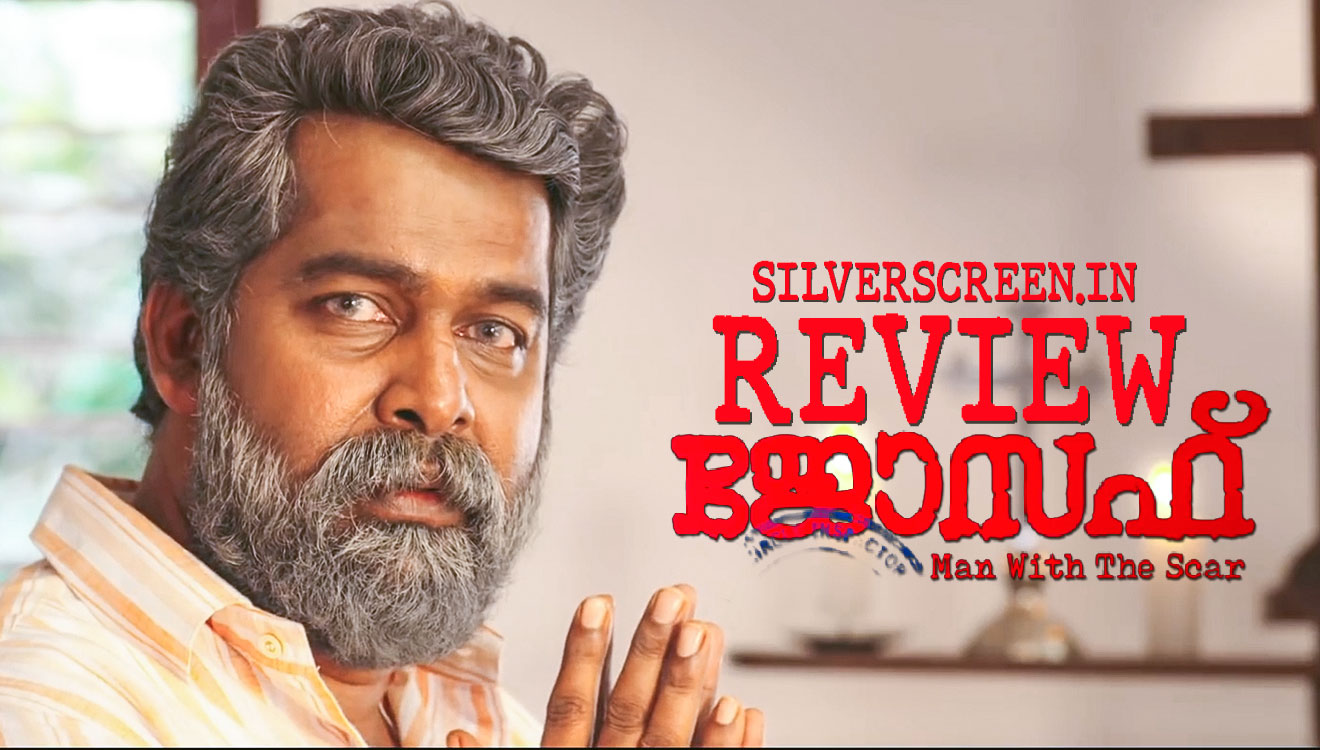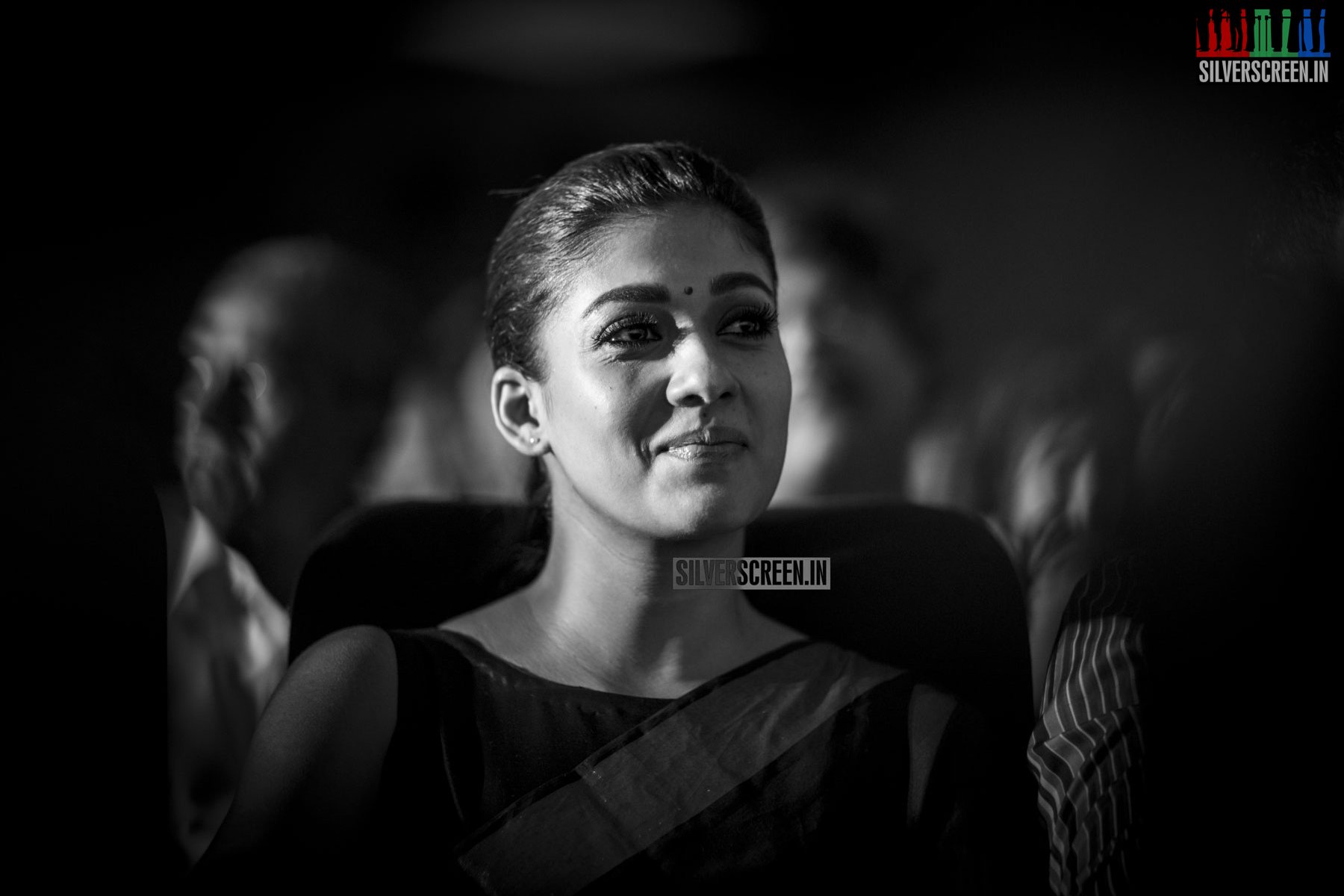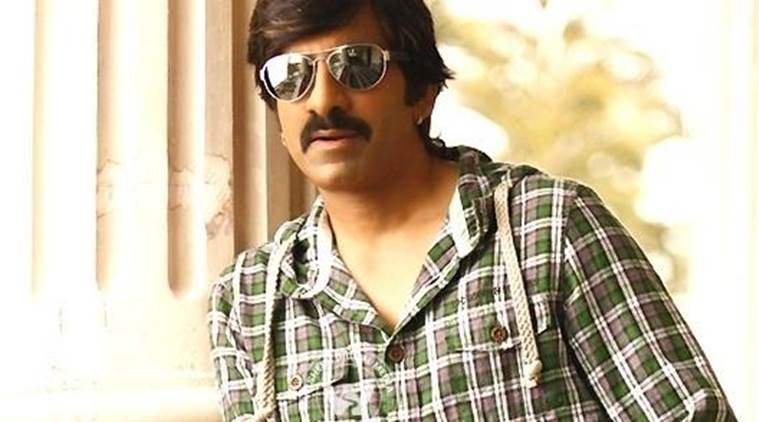Bohemian Rhapsody, the biopic of Freddie Mercury is one told by Brian May and Roger Taylor, the surviving members of Queen, the iconic rock band. May and Taylor currently own all of Queen’s work, trademarks – and quite tellingly, its narrative. Featuring some of Queen’s best hits, the film stars Rami Malek as Freddie Mercury, Lucy Boynton as Mary Austin, Mercury’s long time girlfriend, Allen Leech as Paul Prenter – Mercury’s one time manager and lover who later betrayed him, and others.
In 1981, Queen performed live in Montreal. Called the Rock Montreal, they played perhaps the best ever live version of the song ‘Save Me’ (and according to one long-time fan girl, best ever version, even better than the studio).
The song is particularly wonderful because it starts with Brian May on the piano, with Mercury floating around stage as he usually does. About two minutes into the four-minute song, the guitar kicks in and you realise May is up and playing that famous home-made electric guitar of his, and Mercury walks past him to the piano and hits the keys and no one has missed a beat and the song goes into its amazing middle bit and ‘Save Me’ rocks on to its beautiful end.
The band also performed their classic ‘Bohemian Rhapsody’, and perhaps the second-best ever rendition of ‘Crazy Little Thing Called Love’.
In short, Rock Montreal was one of the band’s best live performance till 1985’s Live Aid happened and that wiped all and any records previously held by any band. The band also performed extensively, in South America, Japan, Europe, between 1980 and 1984.
The reason I bring this up is that the film Bohemian Rhapsody makes much issue of those dark days of the Queen band, when Paul Prenter (played by Allen Leech) was Mercury’s personal manager and lover. According to the film – supposedly directed by Bryan Singer, Paul drove a wedge between Mercury and the rest of the band and they did not perform at all together till he was fired, just in time for 1985 Live Aid.
A part of this is true, of course. Paul Prenter did drive a wedge, and Paul Prenter was partly responsible for the band’s failure to entice American radio stations. And Paul Prenter did sell Mercury’s photos to the tabloids, turning Mercury into the “reading” public’s enemy number 1.
But the film goes out of the way to exaggerate the entire thing – placing all blame on Mercury’s gayness and Paul Prenter’s evilness. Washing the rest of the band’s slate clean, absolving them of any responsibility. Two scenes stand out: Earlier in the film, when Mercury is still with Mary Austin, Roger Taylor is shown to be with two girls, and May and Deacon also are shown partying and playing up and being wannabe rock stars. Mercury – played by Rami Malek, comes across as an innocent little brown boy and the others are typical young white British kids.
Soon, the tables are reversed. The band has attained fame and fortune and everything that goes with it. And Mercury wants a party, but Mary Austin doesn’t want to, and so poor little Freddie is forced to call all his gay friends. It’s a rollicking party but May, Deacon, and Taylor – all now respectable and married to their long time girlfriends – want no truck with it. They point an accusatory finger at Mercury and storm out.
Lovely bit of cinema.
Except it’s not entirely true is it? By all published sources, all four band members loved to party. In particular, they all had nicknames for each other. Brian May was Maggie, Roger Taylor was Liz, and Mary Austin was Steve.
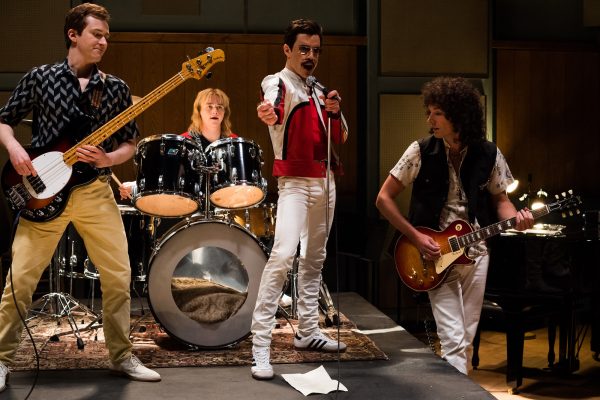
Other bits in the film also struck me. Roger Taylor was the band’s first member to release a solo album. In fact, Roger Taylor was also lead vocals for another band – the Cross – two-timing with Queen. However in Bohemian Rhapsody, Mercury becomes the bad guy for wanting to experiment, work on his own solo projects. Mercury did not have a solo performance or album till much after both Roger Taylor and Brian May did. Brian May collaborated with Eddie Van Halen on his.
Except poor Rami Malek as Freddie Mercury carries all the blame for breaking the band up, and has to basically beg them to come back together for Live Aid, even as he is coughing blood due to AIDS.
Which brings us to the larger point: Who gets to tell the story?
Brian May and Roger Taylor are now Queen the band, owning all of the band’s work, trademarks, narrative. John Deacon left the band after Mercury died – believing no one could replace Mercury. Deacon, except for two collaborations in homage to Mercury, entirely retired from music in the late 90s.
And so what remains in Bohemian Rhapsody, is the idea of Freddie Mercury as told by May and Taylor.
Any wonder then that they get clean chits and Mercury is the bad boy who drove them to unnecessary infamy and publicity, nearly killing the band, till he cleaned up his act, begged for forgiveness, all to get one more shot at fame?
With May and Taylor so closely attached to the production – both were Executive Music Producers, and had creative control over the script, the film went through multiple changes. Sacha Baron Cohen, who was originally supposed to play Freddie Mercury, quit the project over dispute with the remaining members.
There were reports that the film will not talk about HIV-AIDS at all, and will play down Mercury’s sexuality. There were many attempts in the past to portray Freddie Mercury as a gay man, erasing his bisexual orientation and identity.
He lived with his lover and partner Jim Hutton till the end, but willed all his wealth to Mary Austin, whom he called the only friend he had. He had multiple lovers, one of whom, Barbara Valentin, an American actress, also appears in the Queen song ‘It’s A Hard Life’.
Recommended
One reason why there are only few public interviews of Freddie is that away from the stage, he was a shy person. However in the film, this is hardly touched upon. Freddie Mercury was a complex man of multiple motivations and shades. In Bohemian Rhapsody, he is almost uni-dimensionally presented as a singer with cliched rockstar temperament. This is the film’s biggest letdown.
As with Sachin, A Billion Dreams, or with Mupparimanam, Bohemian Rhapsody, 96, and Kaatrin Mozhi, who has the access to tell the story becomes the story itself. It wouldn’t matter much in fiction, but with Sachin… and Bohemian Rhapsody, documentary and biopic respectively, narrative is assumed as the truth by the audience, which may be at odds with available facts.
Pictures courtesy: collider.com
*****
Read: Bohemian Rhapsody Review: Tears, Love, Sex, Rock & Roll, And Rami Malek’s Fat Fingers
